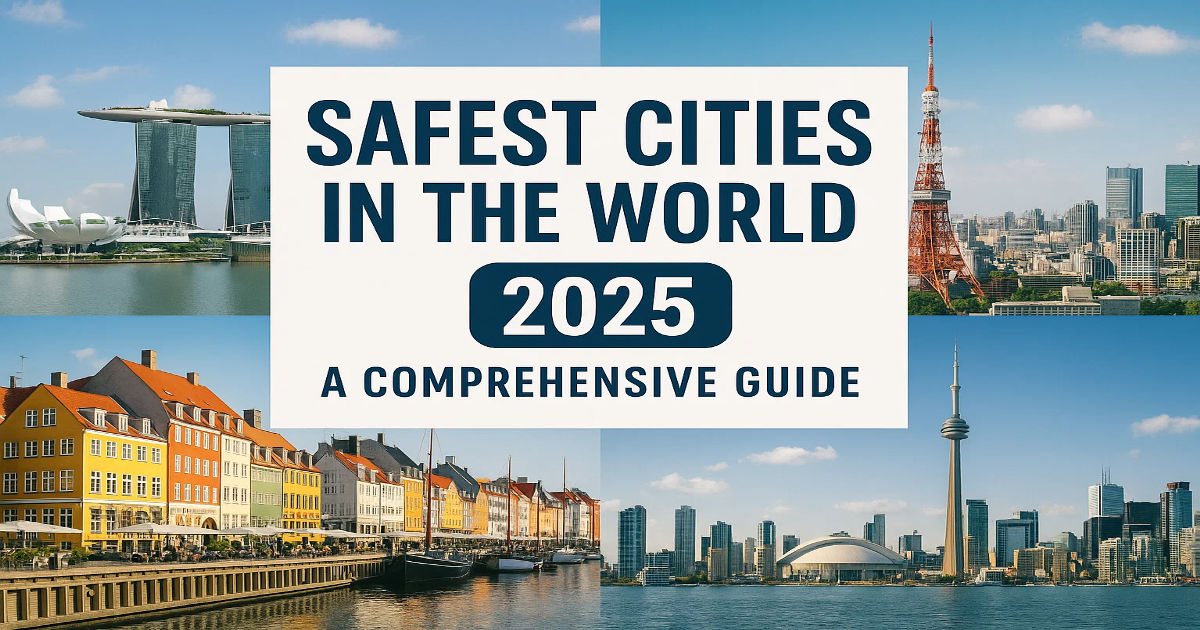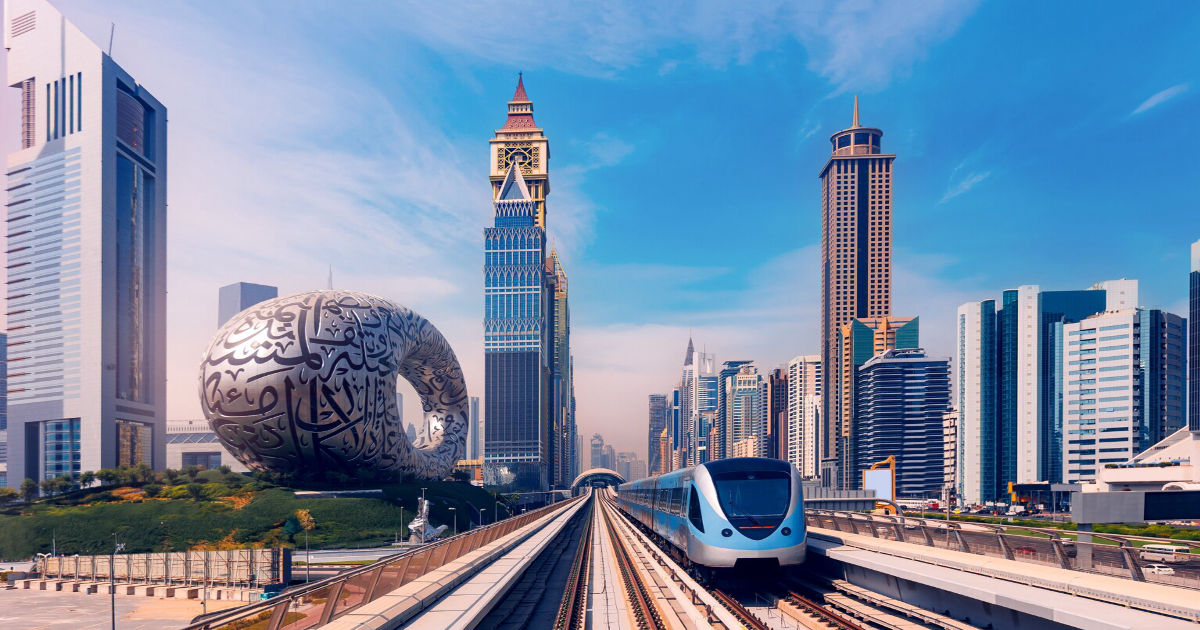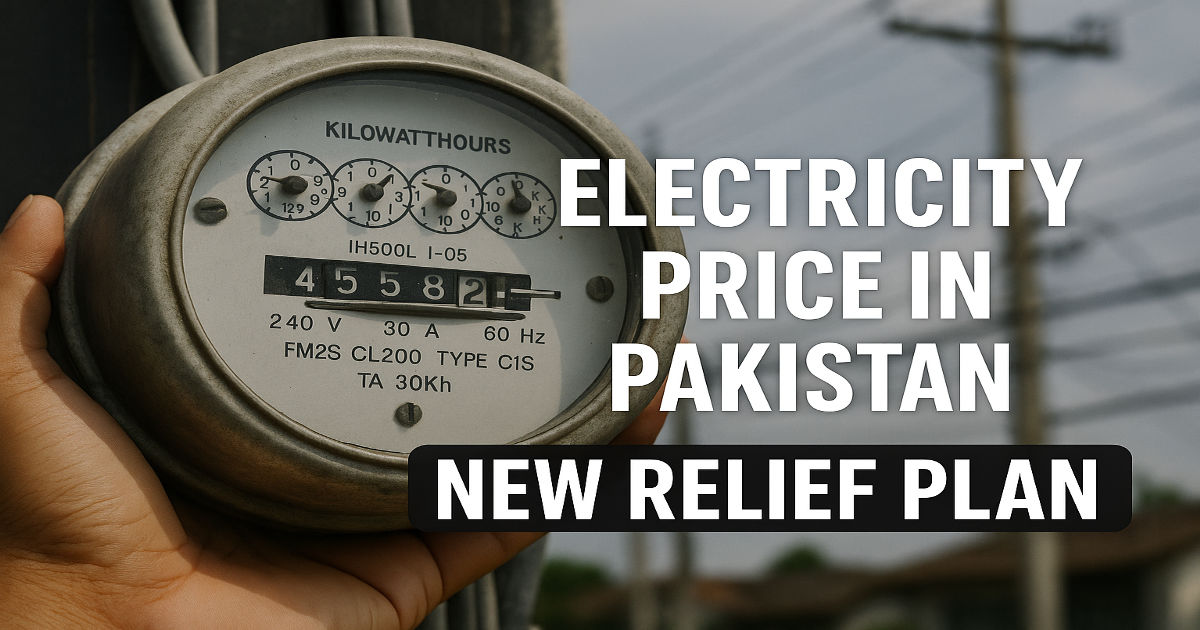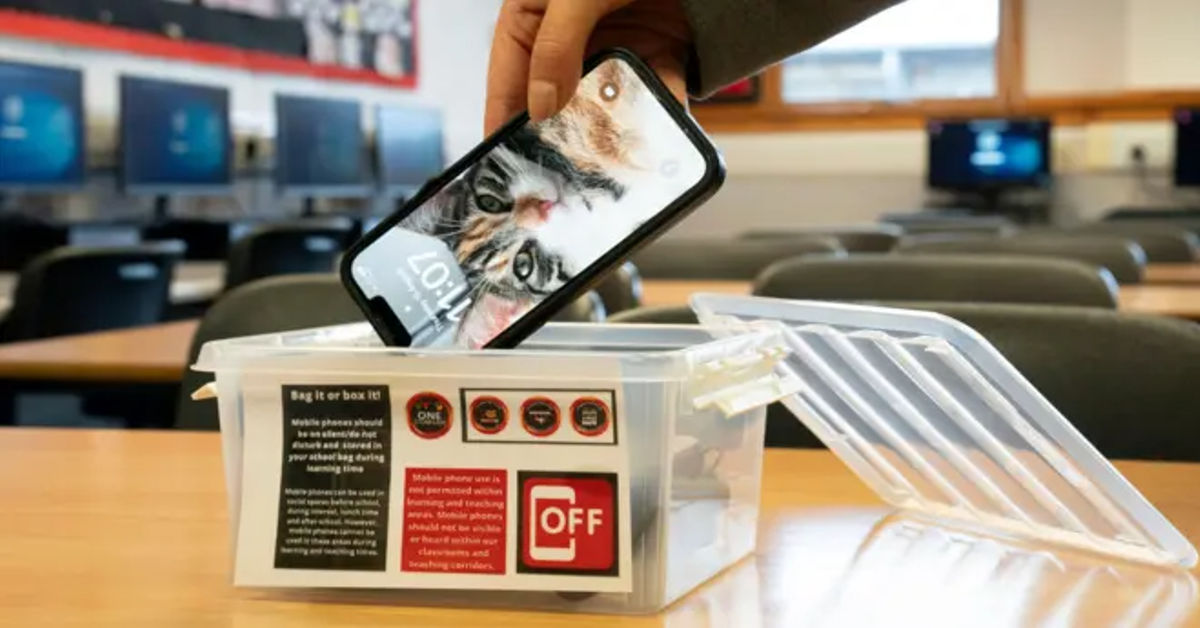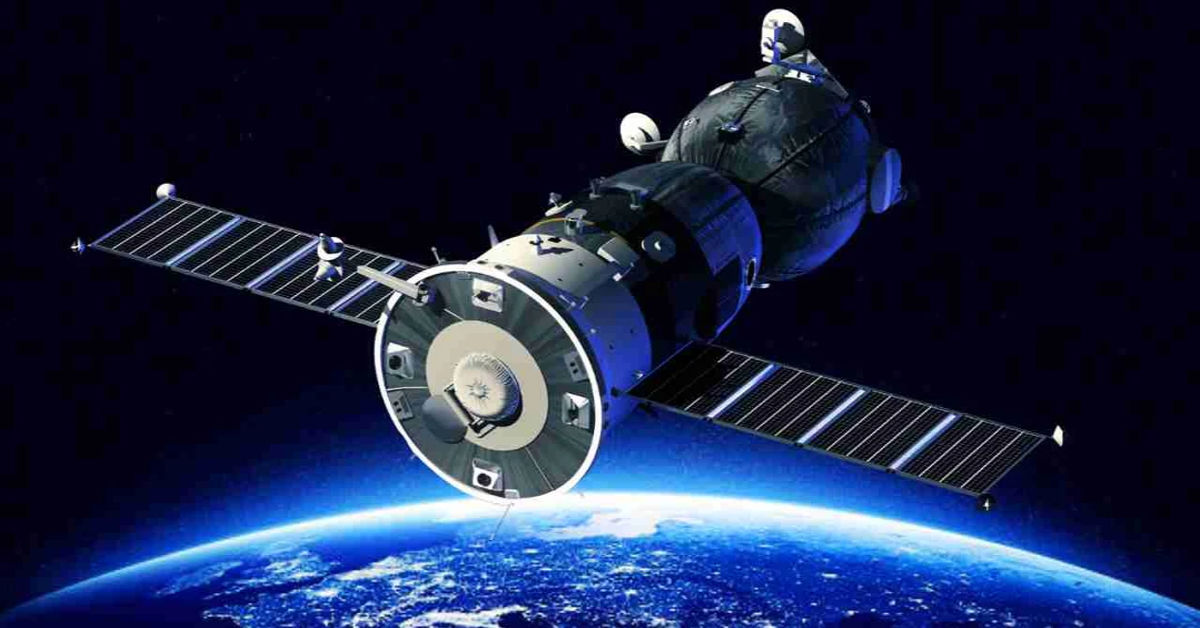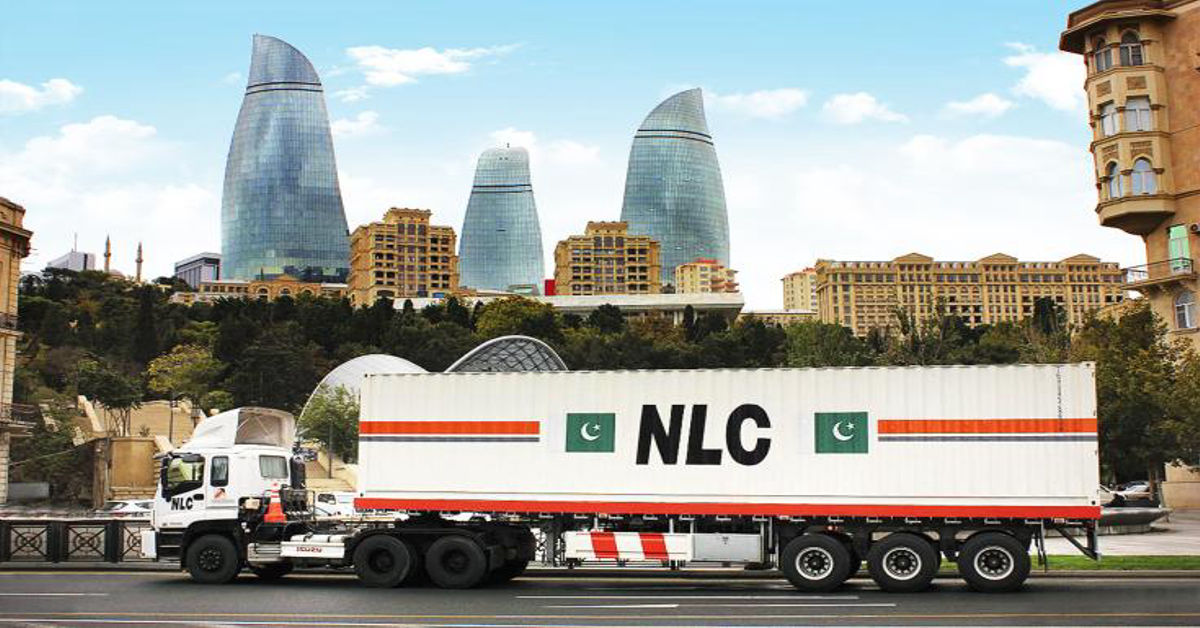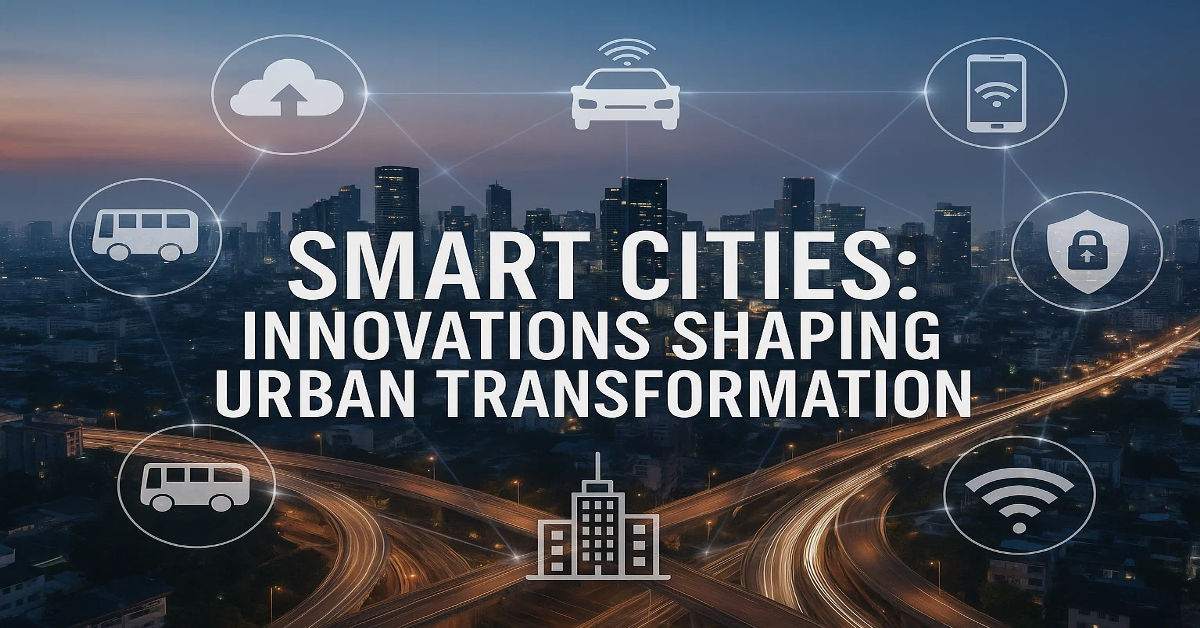
South Korea has revealed an incredible infrastructure innovation with a self-healing road that fixes cracks by using sunlight. This method of self-repairing concrete could revolutionize the entire concept of highway maintenance, including city streets and even airport runways. South Korea has set out at the right time with this change as there is an increase in the demand for a smart and sustainable transport network globally.
What makes the self-healing asphalt unique?
The secret behind this innovation lies in an asphalt self-healing blend containing nano-microcapsules. These microcapsules have a polymer-oil solution which remains dormant until activated by UV rays from the sun. When heated, the capsules rupture and release their contents into the damaged area which isolates the cracks and potholes without human intervention. The entire process of self-repair takes as little as 45 minutes.
Repairs Even in Winter Conditions
One of the most innovative features of this new road technology is its ability to function in colder temperatures. Traditional methodologies regarding road maintenance halts during the winter season, particularly when it’s snowing. However, this new material responds to UV rays rather than temperature. This means it can function and repair cracks and be responsive to upkeep efforts regardless of enduring cold temperatures, which ensures the preservation of thoroughfares year-round.
Built-in Smart Sensors for Real-Time Monitoring
For the purpose of making the system even smarter, the road surface comes with built-in smart sensors that are on the road perimeter. These sensors monitor the thoroughfare condition continuously, recognize wear symptoms in their nascent stages, and can initiate self-repair. Some systems have the ability to relay information to maintenance teams or central monitoring stations, enabling preemptive action in infrastructure maintenance and oversight.
Massive Cost and Time Savings
Countries suffer heavy losses amounting in the millions for road repairs annually. Preliminary analysis on this self-healing road forecasting savings of up to 60% has indicated drastic reductions in maintenance spending. The elimination of manual inspection and repair teams translates to time and costs saved for governments. Additionally, reduction in obstructions leads to smoother traffic flow resulting in lowered fuel consumption and happier commuters.
Initial Trials and Prospective Uses
Testing for South Korea’s new self-healing roads is already underway in key areas such as airport runways and military roads. These sites are strategically selected to test the technology’s performance under difficult conditions. If successful, these roads are expected to be implemented in large scales not only in Korea but throughout the world.
Environmental Impact and Eco-Friendliness
Aside from saving money, self-healing roads have a positive environmental impact. This leads to a decrease in corrective maintenance and diminishes material waste, energy consumption, and carbon footprint. Additionally, reduction in traffic problems, construction vehicle, and machinery emissions results in a significant decrease in air and noise pollution. During this period when climate change is a pressing issue, this kind of advancement is beneficial for both development and nature.
Anticipating the Next Moves Towards Urban Structure Planning
More than advanced road technology, this serves as a fundamental shift towards self-sustaining cities. Experts predict that as smart cities develop, self-healing infrastructure will become a necessity. Envision the future where bridges, sidewalks, and even buildings can autonomously repair themselves. The self-healing road signifies the start of a much wider revolution in urban design.
Conclusion
The innovation of South Korea’s self-healing road represents a significant step forward in infrastructural development. Integration of nanotechnology along with solar energy and smart sensors simultaneously tackles safe, environmental, and time-related concerns of an infrastructure system. If current trials leas to positive evaluation, self-repairing roads will become a global standard within the next five years facilities paving gui smother journeys, less eco-unfriendly repair inconveniences, make sustainable cities, and more intelligent.
FAQs
Q1: How does the self-healing road actually repair cracks?
Through encapsulation, polymer oil solutions are/task of microcapsules burst into UV. As diagnosis opening these capsules seals the cracks while filling them with the aforementioned solution.
Q2: Can this road fix large potholes or only▫️ cracks?
Currently, these systems are optimal for small to medium sized fractures, and further research might enable them to deal with larger removal.
Q3: Will this technology work in cloudy or rainy climates?
It functions using UV rays therefore demand clouds and, neither heat alone nor constant overcast will suffice However, clouds usually work in conjunction to small spurts of sunlight dowpow.
Q4: Is this technology already in use?
This technology is being piloted in South Korea on airport runways, military roads, as well as on major arterial roads in cities with high traffic volumes. Broader application is anticipated after successful pilot outcomes.
Q5: What are the long-term benefits of this technology?
Long-term benefits encompass reclaimed value in expenditures, reduced congestion, enhanced safety, minimization of environmental damage, and the possibility of their adoption in smart future cities.


